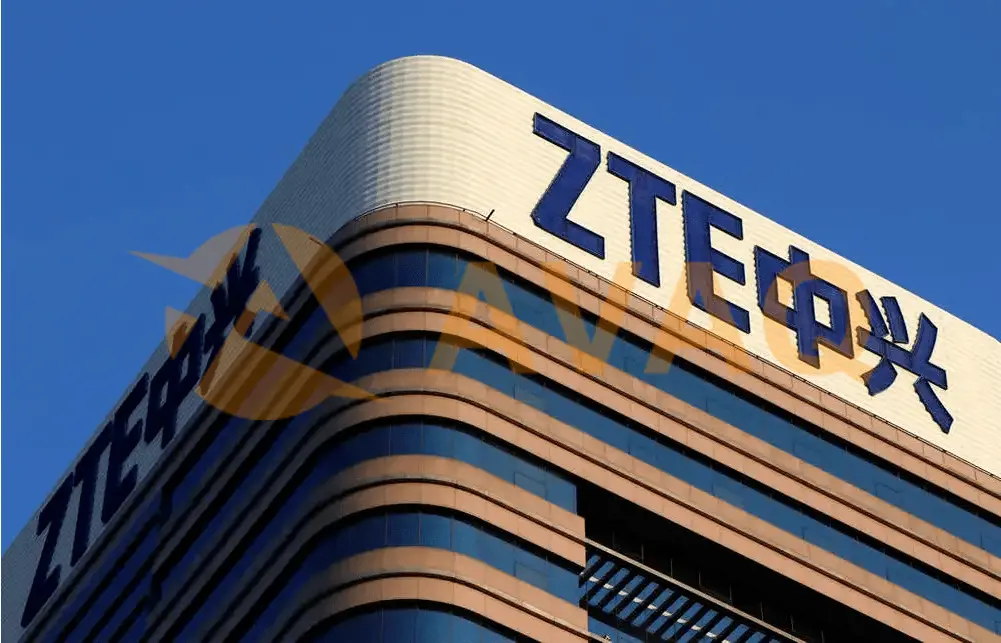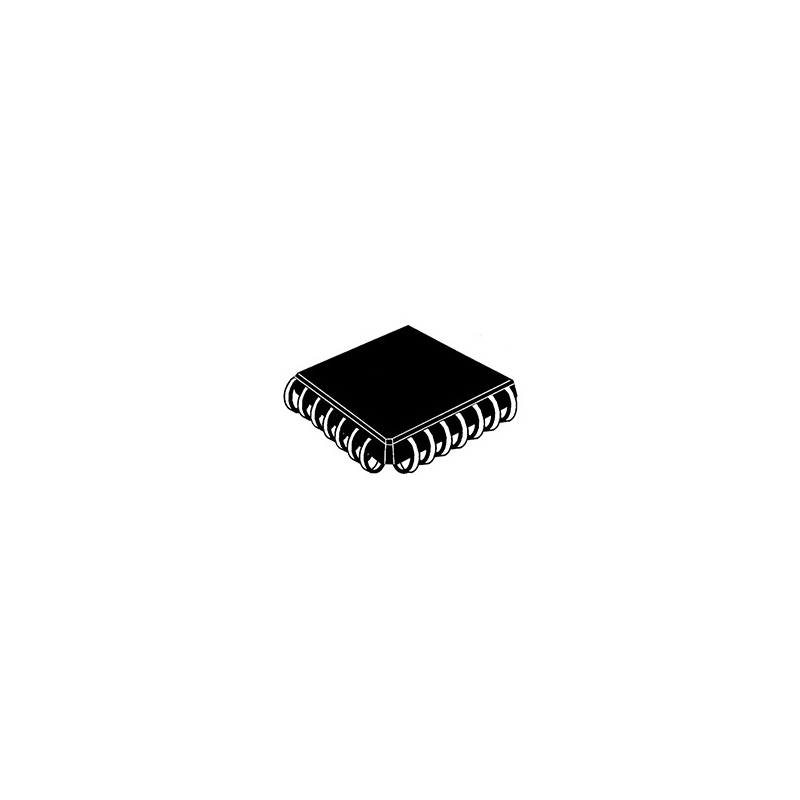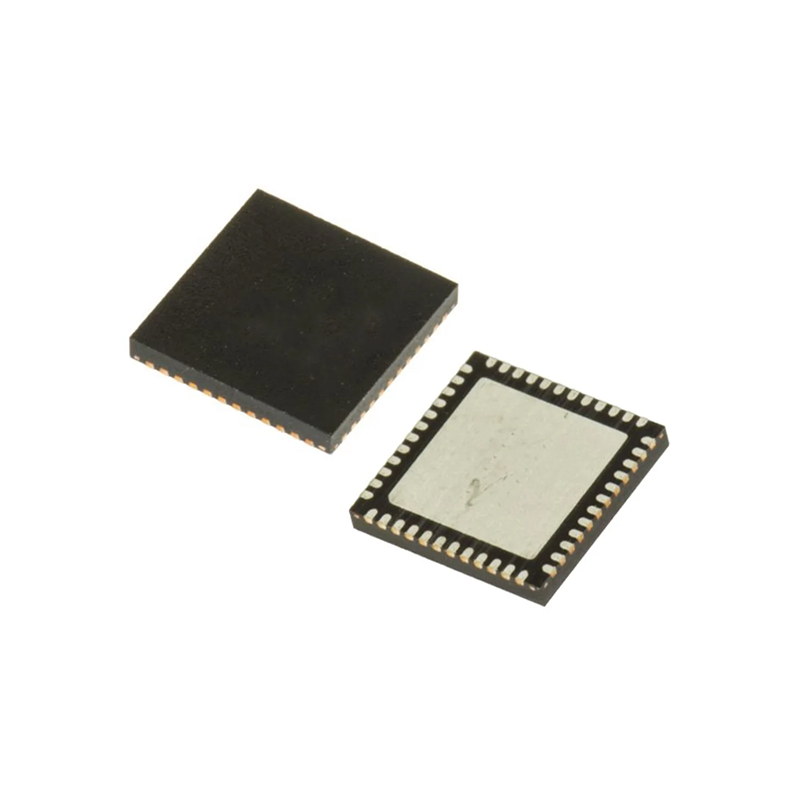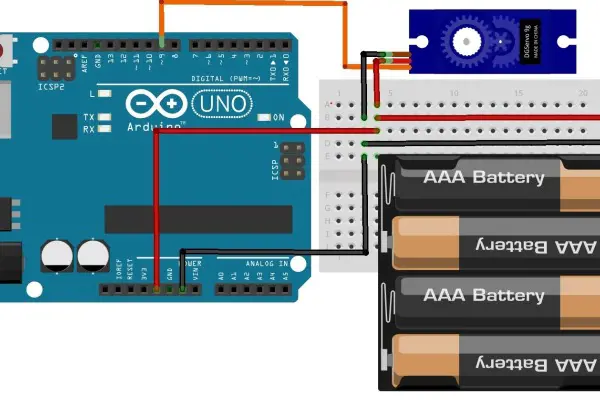ZTE WCDMA Network Management Integrated Solution
 Published: Apr 25, 2023
Communication Network
Share:
Published: Apr 25, 2023
Communication Network
Share:
As an independent member of 3GPP, the third-generation mobile communications organization, ZTE has directly participated in the development of specifications related to WCDMA systems, which has kept ZTE's WCDMA system development in the lead. At present, ZTE has launched a mature WCDMA commercial system based on 3GPP R4. From service network, core network to radio access network, ZTE can provide a complete set of solutions according to the different needs of operators.
The third-generation mobile communication system WCDMA consists of three parts: core network CN, radio access subsystem RNS and mobile terminal UE. WCDMA integrates voice, data and multimedia services, which makes operators face new challenges in managing and maintaining WCDMA networks, and the competition among operators will become increasingly fierce. In order to be able to monitor the network operation in real time, improve the efficiency of network maintenance, reduce operation cost (OPEX), and improve quality of service (QoS) and core competitiveness, mobile operators have a more urgent need for WCDMA network management.
How to help operators gradually shift from operation-oriented to service-oriented, free themselves from the heavy work of daily operation and maintenance, and focus more on customer care, planning network construction and service provision, etc. is the goal of ZTE in designing and developing WCDMA OMC system.
ZTE's WCDMA OMC fully complies with the 3GPP 32 series standards and combines the FCAPS and ETOM models of TMN, focusing on the management of the network element layer and providing some comprehensive management functions of the network layer. network element management, multiple sets of configuration data management, network management cascade, and other network layer functions.
ZTE WCDMA Network Management System Architecture
The whole system is built on J2EE platform with MVC design pattern, and the three-tier architecture design enhances the convenience of system deployment and expansion.
The JVM-based runtime system can be seamlessly ported to all operating systems, such as Windows, Unix, Linux, etc.
Excellent database layer design that can support different kinds of databases, such as Oracle, SQLServer, DB2, Sybase, PostGreSql, etc.
Object-oriented design and implementation, so that the relationship between different applications is loosely coupled or even zero coupling.
Meet the centralized/distributed management of CN, RNC, NodeB devices.
Provide local and remote access management methods.
Provide command line mode for network element operation.
Provide standard CORBA interface to higher-level network management.
ZTE WCDMA Network Management System Features
Provides comprehensive management and monitoring functions for ZTE WCDMA series products, mainly including:
● Configuration management
Network element configuration data management and version management, which can support multiple sets of configuration data management at the same time.
● Performance management
The performance data can be collected from network elements through performance acquisition tasks, and the analysis of these data can evaluate the network operation status and find some hidden problems, such as overloading or underloading of the network, and the operation and maintenance personnel can avoid the occurrence of failures by adjusting the parameters.
● Alarm Management
Receive alarms from network elements in real time and send notifications to all clients to remind operation and maintenance personnel in an audible and visible way; automatically synchronize alarms after the recovery of broken links of network elements to avoid the loss of alarms during broken links; support QoS alarms to monitor network operation in real time, anticipate problems before they occur and remind operation and maintenance personnel to take measures in advance; integrate fault handling knowledge base function It can accumulate operation and maintenance experience and speed up the response capability of troubleshooting; the alarm correlation analysis and processing function can analyze the root cause alarm according to the predefined rules.
● Security management
It provides security services for the unified network management to ensure the safe operation of the system and avoid illegal intrusion and illegal use, including authentication and authorization of logged-in users and authentication during operation, etc.; the IP address of the terminal where the user is located is recorded when the user logs in.
● System management
It manages the configuration, operation status and database of the network management system itself, including: configuration management of network management system nodes, server performance monitoring (including CPU load, disk usage, memory usage, etc.), system process management, network status monitoring of the network management system and database management, etc.
● Log management
There are detailed records of user login and logout information and each specific operation.
● Policy Management
A policy is a predefined rule in the network management system that specifies how to behave under specific conditions. Operators can use policy management to customize the behavior of the network management system, specifying the actions that the network management system automatically performs when certain conditions are met, thus simplifying complex management tasks.
● Report Management
The network management system itself provides rich report statistics, in addition, it also supports user-defined report template function, which can define statistical entities and presentation formats according to actual needs.
● Network management online upgrade management
Network management can be upgraded automatically without affecting the normal operation of business.

Networking Solutions
The networking mode of ZTE WCDMA network management is very flexible. The CN, RNC and NodeB can be unified managed by the integrated version, or managed separately by the branch version; when the management network elements are distributed over a wide area, distributed management can be implemented, and OMC Server can be deployed in a sub-region, and then the server cascade can be carried out.
1. Server side
The host computer adopts PC Server or Sun Fire series server, the online storage device adopts RAID method, and the offline storage device can adopt tape, floppy disk or MO (magnetic disc), etc.
The services provided by the server side include the following categories:
● Database services
Database access storage service is provided through commercial database service software.
● Application services
Including performance, alarm, configuration, security, topology, system management, report, policy management, etc., to complete the basic network management functions and the management and analysis functions of the network management system itself.
● Support Services
Including J2EE standard services such as JNDI, JMS message service, EJB container service, etc.
According to the current support situation, these services can be divided into two categories: database services and network management function services (including application services and support services), which can be deployed separately and independently or together.
2. Clients
There are various ways of client access to meet the needs of different scenarios. There are both local clients, remote clients and anti-delivery clients, and communication between clients and servers can be carried out by switches, routers or other transmission methods, which must ensure interoperability in the IP protocol layer.
● Local client
The client and the server are in the same LAN and are directly connected through a switch or HUB.
● Remote Client
The client and server are distributed in different LANs, and there are no managed network elements in this LAN. The client and the server communicate with each other via DDN/Frame Relay/E1/T1 transmission.
● Reverse repatriation client
Not in the same LAN as the server, but in the same LAN as the managed network element. The client communicates with the server via DDN/Frame Relay/E1/T1 and other transmission methods.
The network management server uses many TCP ports for communication with clients and network elements. In the case of using firewalls, the SOCK5 protocol is used for fast and concise network construction, which allows port mapping and compresses the need for open ports on firewalls.
Conclusion
The flexible deployment, network-wide management and monitoring, and rich personalized functions of ZTE's WCDMA network management improve network operation and maintenance efficiency and reduce operation and maintenance costs for 3G operators, enabling them to shift more manpower, energy, and financial resources to focus on customer care, face the market, and improve their core competitiveness in the market.
Recommend Products
Related Solutions
-
![NXP Introduces High-Power Wireless Charging Solution for Laptops and 2-In-1 Tablets]()
NXP Introduces High-Power Wireless Charg...
NXP Semiconductors announced the first high-power wireless charging solution for notebooks and 2-in-...
Apr 28, 2023 Consumer Electronics -
![Multifunctional Street Light Automatic Control Circuit Solution]()
Multifunctional Street Light Automatic C...
The street light automatic controller is suitable for the automatic control of street lights in resi...
Apr 26, 2023 Consumer Electronics -
![How Can IoT Solution Providers Build a Secure IoT System at Different levels?]()
How Can IoT Solution Providers Build a S...
The Internet of Things (IoT) has been attracting a lot of attention in the industry for its security...
Apr 25, 2023 Consumer Electronics -
![ADI Proposes a Solution for Servo Motor Control]()
ADI Proposes a Solution for Servo Motor ...
For motor control solutions, ADI offers a comprehensive portfolio of products, including analog-to-d...
Apr 25, 2023 Consumer Electronics -
![IoT Transforms and Adds Value to Consumer Electronics Industry]()
IoT Transforms and Adds Value to Consume...
The Internet of Things (IoT) is taking consumer electronics to another level and could lead to the n...
Apr 26, 2023 Consumer Electronics -
![Texas Instruments Programmable Logic and Automation Controller (PLC/PAC) Solutions]()
Texas Instruments Programmable Logic and...
Programmable logic controllers (PLCs) and programmable automation controllers (PACs) process and con...
Apr 26, 2023 Consumer Electronics



 Update Time: Apr 25, 2023 Consumer Electronics
Update Time: Apr 25, 2023 Consumer Electronics









